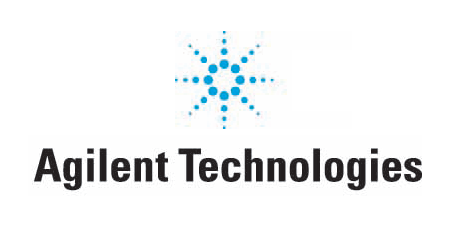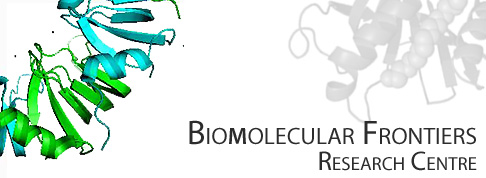Team:Macquarie Australia/Attributions
From 2011.igem.org
Our Thanks
We would like to acknowledge our generous sponsors, as this project would not have been possible without their financial support. Their contribution shows genuine interest towards the advancement of research efforts. The following is a short overview of each of our sponsors:
Bio-Rad Laboratories have been a major supplier to the life science and pharmaceutical research industries for more than 40 years. The wide range of products they manufacture and distribute have supported high-growth fields especially of genomics and proteomics.
Agilent Technologies is a leader in communications, electronics and life sciences. Their expertise lies in designing and manufacturing electronic and bio-analytical measurement instruments and equipments which are distributed and used globally.
This Centre is within the Department of Chemistry and Biomolecular Sciences at Macquarie University. National and international researchers undertake world-class research in the fields of biotechnology, medical research, proteomics, glycomics, and microbial genomics.
Despite all work being done by the students themselves, the support, guidance and supervision of our instructors Dr Louise Brown and Associate Professor Rob Willows have been pivotal to the success of this project. Dr Louise Brown was the unit co-ordinator who supplied us with lab access and all the materials we needed to perform the experiments. Her advice which stems from years of experience in research labs was critical in the progress of the project from learning to work more efficiently in the lab to thinking innovatively to develop new ideas to overcome obstacles. Associate Professor Rob Willows gave us directions regarding the building of the Bio-Bricks as he has a strong background in molecular biology and has worked with heme and phytochrome related research.
Finally, we would also like to acknowledge the work of Team Macquarie 2010 as the Agrobacterium tumefaciens we used was amplified from their pGemT-easy vector. We also amplified Deinococcus radiodurans from gDNA that they extracted last year. Additionally, the words of advice and experience passed on by Joanna Hare (one of the 2010 team members) was invaluable.
 "
"




